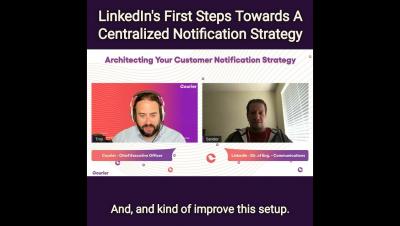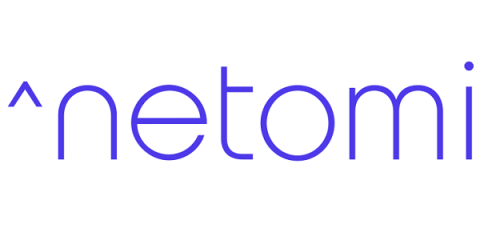Teams | Collaboration | Customer Service | Project Management
%term
Azeus Systems Annual General Meeting (AGM) 2021 Highlights
Shield Life Limited - Convene Success Story
How to Plan and Manage an eCommerce Website Personalization Strategy
E-commerce has grown into a saturated market. Nowadays by the time visitors have landed on your eCommerce website they’re likely to have seen similar products to yours in a number of different styles, varieties and prices, and all being offered by a multitude of different brands. So how can you differentiate your website from your competition to better engage and convert visitors? The answer is website personalization.
How to Improve Customer Satisfaction: 20 Brilliant Tips
One of the questions businesses are constantly asking themselves is, “how to improve customer satisfaction?”. Firms place a lot of emphasis on improving customer satisfaction because happy customers are more likely to continue with them. And not only do high levels of satisfaction help you retain customers, but it also helps you save costs — after all, attracting one new customer is a lot more expensive than retaining an existing customer.
9 Proven Remote Work Facts Explaining Why It Is The Future
Want to maximise returns from your business? Get the best talent to work for you without offering the top salaries? Have a happier, healthier team bring its A-game every day without hefty perks? All that sounds a little too much to ask for. But I’ll tell you how I have made it all happen. I launched Runrepeat.com less than 3 years ago. Today, it’s the biggest and the most trusted aggregator of running shoe reviews. We have grown from a remote team of 5 to more than 50 employees.
Game Day: How AI can help sports betting companies win the customer loyalty championship
Online sports gambling is a booming business. But as upstarts break into the market to try and steal market share from more established players, it’s not the platform or user interface that’s going to determine who is the winner in this multi-billion dollar market. It’s the customer experience. Can AI help sports betting companies take home the biggest payout – loyalty?
What's new with Rocket.Chat in September
Rocket.Chat 3.18.0 is here with many new exciting features and improvements. In this post, we’ve listed the major updates about Team Collaboration, Omnichannel & Marketplace – check them out below!
6 Best Clock In Clock Out Systems (In-Depth Comparison)
What makes a great clock in clock out system? From our experience, there are 2 key things: 1. Employees should be able to easily clock in and out through a mobile or desktop app: 2. At the end of each period, all the information that’s required (i.e.
How to successfully calculate project estimates for your clients
Regardless of how big or small, determining project estimates for costs, resources, and time needed is really hard. The worst part is, it’s hard to know exactly how a project will pan out. Consider all of the unexpected hiccups that often happen like team members falling sick and budgets get slashed. Project estimates can’t just be pulled from the top of your head. They're complex because, well, your projects are often intricate too.










